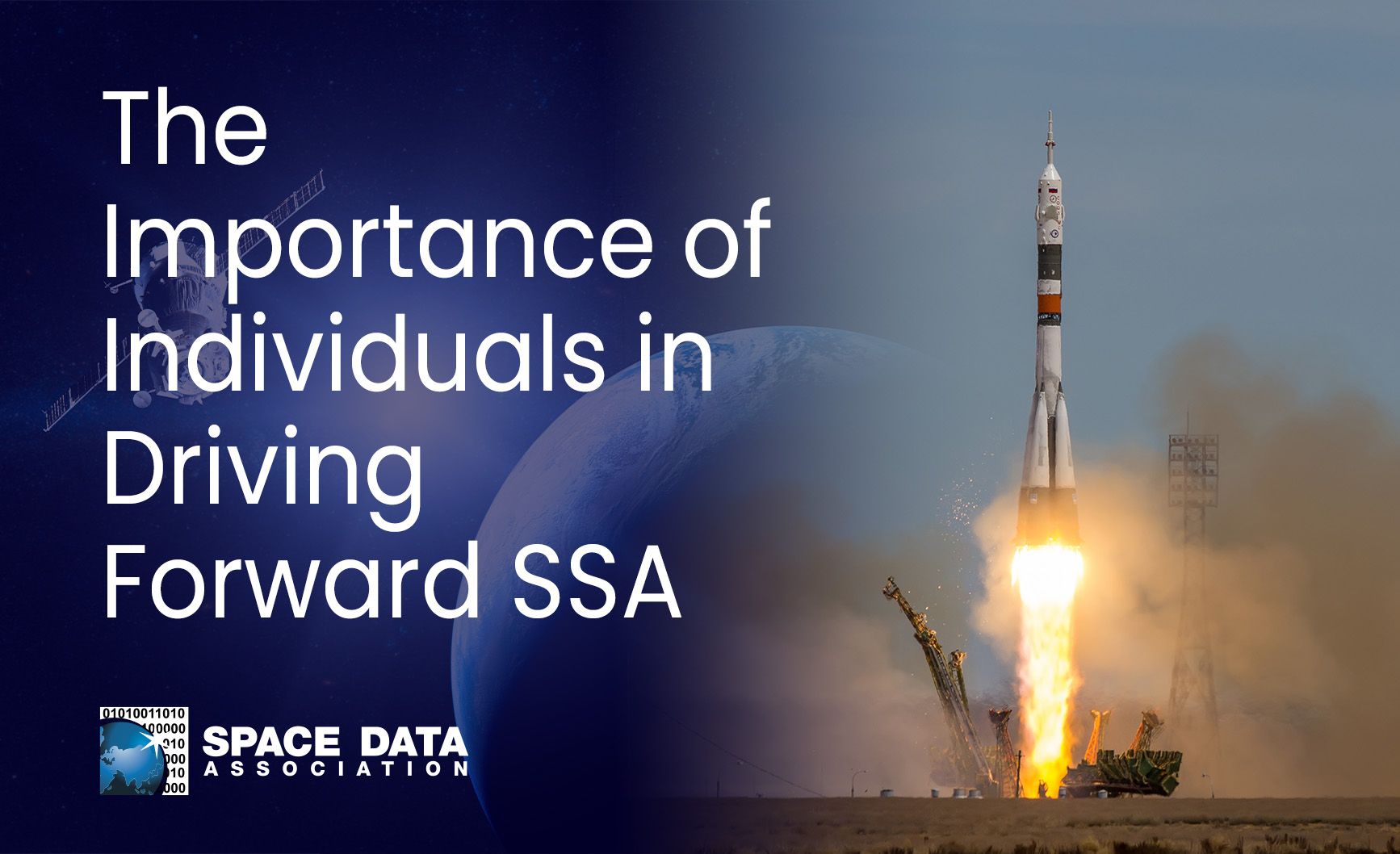Much has been penned about what the critical factors for innovation are, and there are many different recipes for success. Most people would agree that for innovation to be successful, you need creative ideas, collaboration, foresight, and action. What’s less recognised, is the role that individuals play in driving forward innovation. For successful innovation on an industry wide scale, you need great thinkers and leaders. We’ve seen this time and time again in the space industry, and certainly when looking at how space flight safety and Space Situational Awareness (SSA) has improved and developed over the years.
Looking back
When the satellite industry started to expand ten to fifteen years ago, the need for better space situational awareness systems became much more apparent. It was around thirteen years ago when a number of leading satellite operators came together to form the Space Data Association (SDA), with the aim of improving space flight safety by sharing data for collision avoidance. Before the SDA was established, any data sharing that was done tended to be between operators, under a private arrangement. There was a lack of any real coordinated global effort to share data, and this made it next to impossible to carry out effective conjunction assessment and collision avoidance manoeuvres.
Since its creation, the SDA has worked hard to create an environment that nurtures real cooperation between satellite operators. It’s been successful in achieving this which is all the more impressive given that many of the members are direct competitors. The individuals that came together to get the SDA off the ground were indeed great innovators, because without it, the industry would not have the SSA it benefits from today.
The industry’s expansion has accelerated significantly over the last 5 years, not just in LEO with the launch of mega constellations, but across all orbits. As space activity has increased, so has the size of the problem posed by orbital debris. Without significant action to mitigate the problem of congestion and debris, one potential version of the future sees LEO, and consequently other orbital regimes too, becoming unusable following a series of collisions that create irrevocable amounts of orbital debris. This version of events would render the space environment unsafe, and the impact that this would have our daily activities is almost unthinkable, such is the our reliance on space-based infrastructure for essential day-to-day services.
The recognition of the potential for this scenario to become a reality has caused the industry to think about SSA in a much more proactive way. Unsurprisingly, it has also helped to make SSA commercially viable, and this has paved the way for new and improved SSA systems that use advanced algorithms to fuse operator flight dynamic information together with other available sources of space object information to provide much more effective conjunction assessment.
Great thinkers and leaders in space safety
We certainly wouldn’t have got to where we are today with space flight safety and SSA without the input of certain individuals. It was this recognition of outstanding contribution that promoted the creation of the T.S Kelso Award for Space Safety, named on behalf of its inaugural recipient, Dr T.S Kelso.
Not only was Dr Kelso instrumental in founding of the SDA and the Space Data Centre (SDC), the operational side of the SDA, his contribution to SSA throughout his professional career has traversed decades. Dr Kelso is one of those rare individuals who is internationally recognized as a true leader in his field of expertise. It was Dr Kelso’s outstanding and inspiring leadership within the Space Data Center that served to drive technical improvements in the SDA’s SSA systems.
Next, we’ll turn our attention to the second winner of the T.S Kelso Award for Space Safety, Dr Holga Krag. Dr Krag started his career as an aerospace engineer before taking up a role within ESA’s Space Debris Office as Space Debris Analyst. While in that position, he worked on establishing risk models and a collision avoidance system, as well as contributing to the first space surveillance studies. He was later appointed as Head of the ESA Space Debris Office, then head of ESA’s Space Situational Awareness Programme, which evolved into the Space Safety programme. Dr Krag’s enthusiasm and dedication to monitoring, mitigating and addressing the issue of space debris have been critical in promoting flight safety, and space sustainability across the board.
Inspiring innovators of tomorrow
Having individuals that can lead change and drive forward innovation is of course critical in any industry, not least because to progress, you need to innovate, but also importantly, they are needed to inspire the next generation. Just as a renowned professor of the UN Committee on the Peaceful Uses of Outer Space inspired Dr Krag to embark on his career in the field of space debris, the great leaders and thinkers of today such as Dr Kelso and Dr Krag will go on to inspire the next generation of great thinkers, leaders and innovators in space flight safety.
T.S Kelso Award for Space Safety
The T.S Kelso award is again open for nominations, so be sure to put your nomination forward for those exceptional individuals, or groups, who you feel have truly revolutionised space flight safety.

